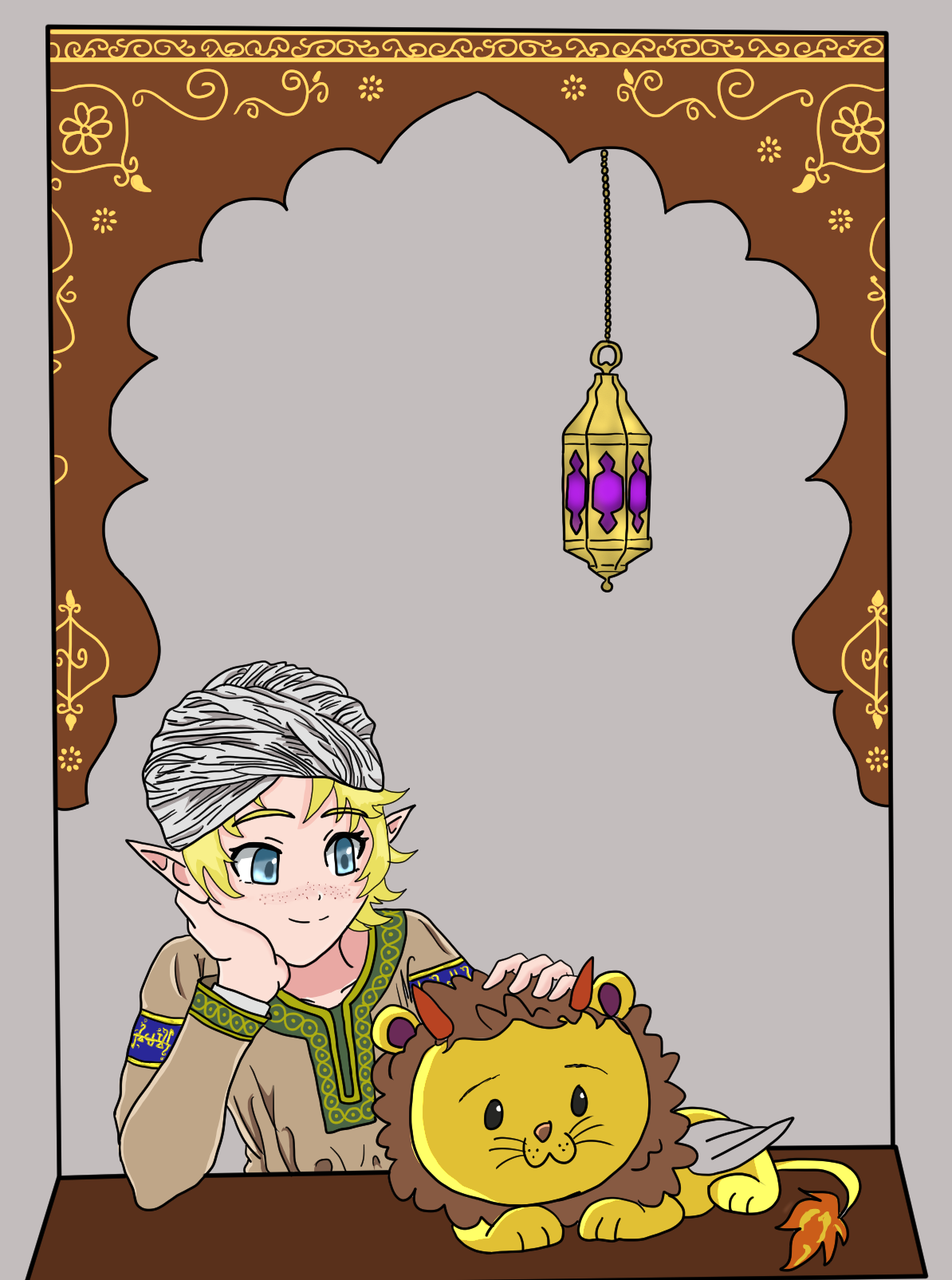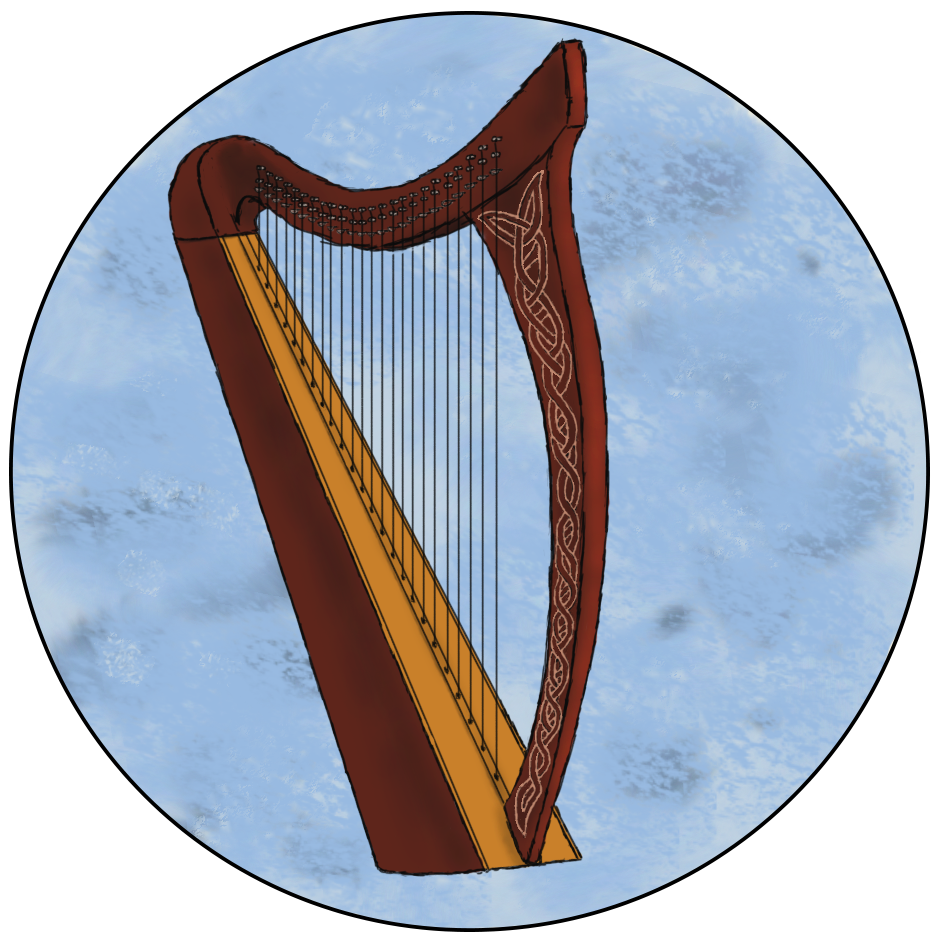Stadium of Felix
(...) And after his accession to the throne he offered the people many spectacles, including naval battles in which around 20 ships participated and where, as was customary, prisoners of war captured in his campaigns in the north fought to the death. For such a great spectacle he created a large moat near the Bormium river and filled it with water from the river. (...)Felix I (245-215 BP) is remembered as one of the most beloved Ikarian Emperors of all time. He embellished the imperial capital, Ikaria, with numerous public buildings such as temples, courts of justice, squares, gardens and libraries. His building programme also included a building of colossal dimensions, an artificial lake (called the Stadium) where the naval battles that so amazed the citizens of Ikaria were held, and whose design was copied and reproduced, although on a smaller scale, in other cities of the Empire. But this was undoubtedly the largest spectacle building in the Ikarian Empire, and an example of imperial propaganda and power.
Description of the building
This imposing enclosure measured 533x355 metres and had a depth of 1.5 metres, according to the sources, so in total it would have held more than 200,000 cubic metres of water. From the remains that have survived, we can say that it was rectangular in shape and had a capacity for around 80,000 to 120,000 spectators. On the north side of the stands was the imperial box, built as if it were a temple (similar to the imperial box at the Blati Hippodrome and most likely the inspiration for it), from where Rigas, the Emperor of Ikaria, his family and his court watched the spectacle. The upper part of the stands was adorned with a large colonnade that surrounded the entire building, whose columns were made of white marble that, according to historians and witnesses of the shows, shone in the sunlight and could be seen from a considerable distance. Behind the East Gate, through which the galleys that went to fight in the enclosure entered, a small port was built, connected to the Bormium River where the ships were anchored for the show. This eastern gate was designed in the shape of a triumphal arch with a large central door that was closed while shows were taking place.shows that were performed there
The favourite spectacle, and the one that was regularly held in this building, was the naval battles. In these battles, prisoners of war captured by the armies of Ikaria in their many military campaigns generally fought to the death, although those sentenced to death for very serious crimes such as homicide, rape or repeated robbery could also fight in them. These battles were usually recreations of historical or mythological battles and often the men who fought in them were dressed or armed according to what they were going to recreate. These battles, these recreations, were a powerful weapon of imperial propaganda where the great triumphs of the past were celebrated and where the power of Ikaria over other peoples, especially over its enemies, was reaffirmed. These battles were to the death, none of those who fought there came out alive, these battles were already "a sentence". There was only one exception and that is that sometimes these battles were not carried out by prisoners of war but by personnel of the Imperial army. These fights were not death matches but were considered military exercises, in which the Ikarian sailors fought with wooden weapons and blunt arrows and around the ships, in case a sailor fell into the water or a ship sank, there were smaller boats that rescued the soldiers who fell into the water (they could also swim to these boats since all Imperial Navy personnel must know how to swim and obviously both the Emperor and the Navy officers do not want there to be any casualties in these exercises). These Imperial Navy exercises were also forms of Imperial propaganda (both to show the power and discipline of the Navy and to attract new recruits.) Another common sight at the Stadium, when it was emptied of water, were the cavalry tournaments held by cavalry regiments of the Imperial armies (something that is still practiced in Blati). These spectacles are also known as "Ikarian Jousts" because of the similarity in some parts of these tournaments with the knightly jousts held in other areas of the Teria continent such as Wesdaland, Witharfia or Liwal. In these mock battles the legionary riders fought in teams by throwing practice javelins at each other or parrying or stopping a javelin throw and then chasing the opponent in an attempt to hit his shield with a javelin. The last part of the tournament was the parade of all the participating riders in front of the Imperial box, as a review, both by the Emperor and by his officers.A slow decline but also a hopeful future
The last naval battle was fought in 361 BP and the last cavalry tournament in the Stadium took place in 415 BP. After the fall of the Ikarian Empire, the fate of the Stadium is rather obscure. The course of the river was diverted around 500 BP, which meant that the harbour where the galleys were anchored dried up and became unusable. Some of the building materials were reused to build the fort for the remnants of the 9th Legion. The famous colonnade was looted and some of its columns were reused to build the cloister of the Monastery of St. Titianus in Bormium, and some were reused in private houses or even to create milestones for the roads that were still maintained. Around 529 BP the region was incorporated into the Blatian Empire but the building continued to deteriorate until 640 when Emperor Julian III built a canal connecting the Bormium River to the ancient harbour, which he rebuilt, and there held the first naval battle in almost 300 years. Since then the Stadium has been partly restored and in recent years reconstruction work has been accelerated and it is hoped that it will soon be ready to host glorious spectacles again, although it is true that the Emperors of Ikaria preferred to hold naval battles on Lake Bareotis, but who knows? Perhaps cavalry tournaments will now be the main spectacles held here.
RUINED STRUCTURE
after 460 AP
after 460 AP
Founding Date
245 BP
Owning Organization











Wow, the dimensions are gigantic. The Colosseum would fit in there about three times over. I wouldn't have wanted to pay the water bill ;).
Hahaha, it's huge, honestly, I wouldn't want to pay for it too. Luckily for them they have a river nearby that they can use to fill it!